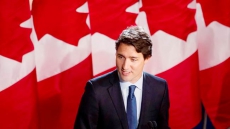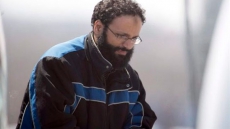TORONTO — Ontario's opposition parties say it's no surprise that Hydro One has to manually read thousands of electricity smart meters because the devices can't get a wireless signal.
Hydro One says 36,000 smart meters in rural areas cannot get a strong enough Wi-Fi connection to transmit usage data, so service people will have to physically show up to read those meters, and the customers can't take advantage of time-of-use pricing.
Instead, they'll revert to the old billing system, with one rate for the first 600 kilowatt hours of electricity used in summer — or 1,000 kwh in winter — and pay a higher rate for any extra power above the first threshold.
It cost about $2 billion to install 4.8 million smart meters, double the original budget, and the Ministry of Energy says it's heard "loud and clear from many Ontarians in rural areas that the system faced challenges."
Progressive Conservative energy critic John Yakabuski says the government was warned there would be problems getting a Wi-Fi signal in some rural areas with lots of hills.
New Democrat energy critic Peter Tabuns says the government should "absolutely" have known there would be problems getting the smart meters to work in some areas.
"They never thought this through," said Tabuns. "They never thought it through on the big scale and they never thought it through on the small scale."
The Liberals were warned the smart meters program was a waste of money, added Yakabuski.
"We said it was a boondoggle from the start and this just proves that we were right," he said. "They failed to listen all along."
The money invested in smart meters would have been better spent helping people insulate their homes and upgrade their furnaces and light fixtures to lower their electricity usage and bills, added Tabuns.
"We could have taken a big bite out of peak energy consumption in Ontario, but the Liberals weren't interested," he said. "That money is gone."




